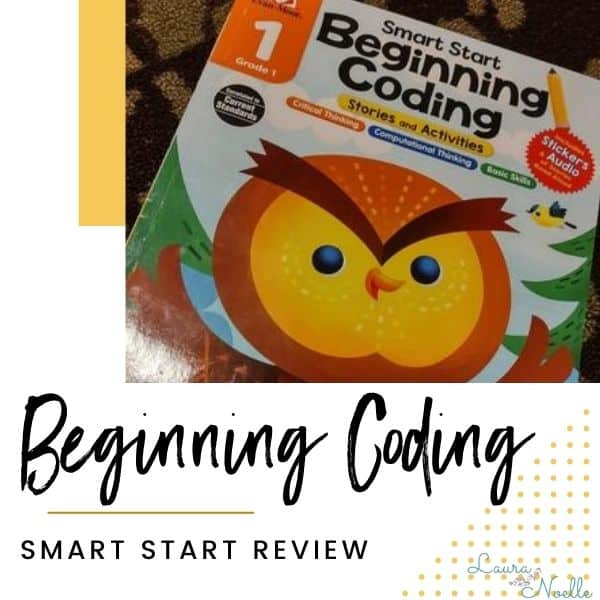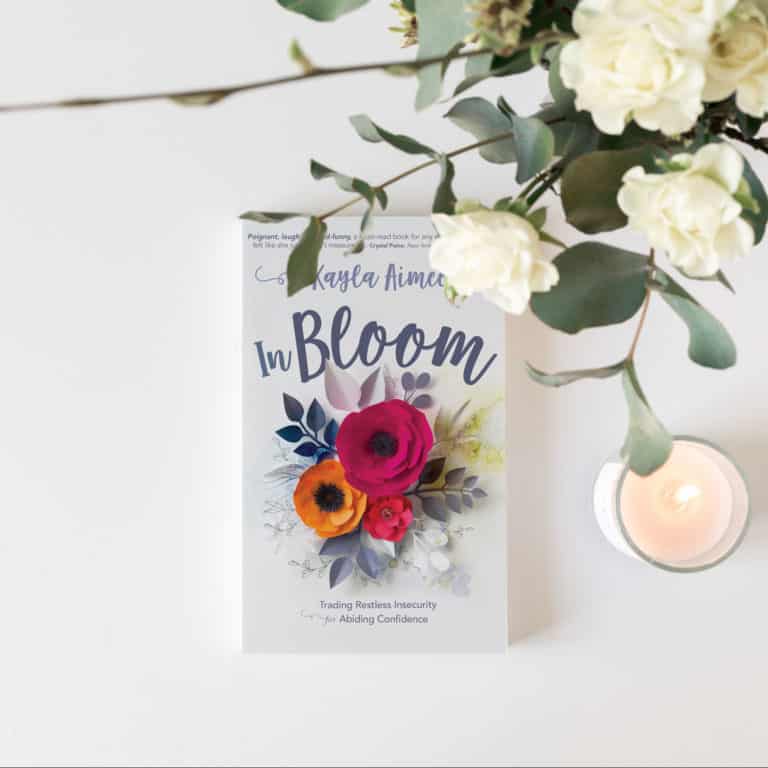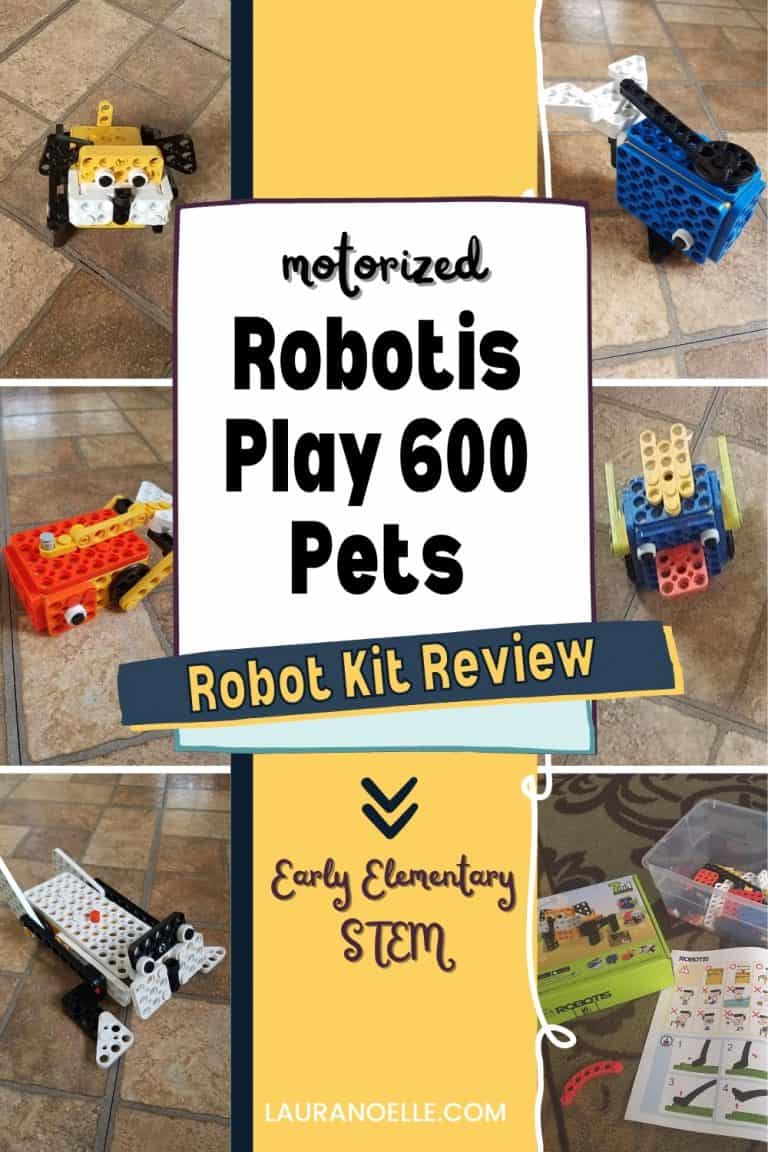Smart Start Beginning Coding Review
This post may contain affiliate links, which means I may receive compensation if you make a purchase using one of these links.
My daughter and I are fans of Evan-Moor’s Smart Start line because it’s colorful, interactive, and multi-sensory. In Pre-K we used the Smart Start STEM Workbook and thoroughly enjoyed the stories and activities. I expected the Smart Start Beginning Coding to be the same quality, and it did not disappoint!

Smart Start Beginning Coding is designed for Grade 1 and features age-appropriate stories, workpages, and activities.
A special thanks to Timberdoodle Company for sending us a complimentary copy of the Smart Start Beginning Coding to see what we think. All opinions are our own!
Smart Start Beginning Coding is available individually or in the 1st Grade Curriculum Kit.

You might be wondering why young children need to be learning coding skills. In today’s world, computer literacy is key to success in so many areas of life, and technology will be a major factor in the careers of the next generation.

However, basic coding skills begin far before ever touching a physical computer. First, you need to understand conceptual thinking skills like patterns, sequences, and algorithms. Then, you need to learn the language of programming in order to understand the concepts of looping and debugging. These concepts aren’t isolated to computers either–they are familiar in everyday life, but usually with a little different language.

I was very interested in Smart Start Beginning Coding because my husband does computer coding as a hobby, and I recognize that these skills are extremely valuable now and will be even more so in the future. Teaching our children basic technology skills is important!

Smart Start Beginning Coding covers 6 workbook lessons on algorithms, decomposition, patterns, debugging, loops, and conditionals, followed by review pages and 4 hands-on coding projects. It also features a 3 page “coding handbook” with important definitions, a completion certificate, a page of stickers, and an answer key. The book also features a QR code (or written URL) to access the stories in read-aloud format.

1st graders will be delighted by the colorful, fun, and interactive lessons that connect basic coding skills with examples that are relevant to their everyday lives. Smart Start uses step-by-step process examples such as setting the table, doing laundry, doing a dance, or taking care of pets to help children absorb the meaning of patterns, breaking down tasks, and following the rules of conditionals.
My daughter was always excited to do a coding lesson and we broke it up into about 4 pages every week for 14 weeks, to finish the book in one semester. Alternatively, you could do about 2 pages a week to make it last most of the year.

The four hands-on coding projects help kids to discover coding by making algorithms, decomposition, patterns, and conditionals tangible. Kids will get to touch, fold, cut, glue, think, and move as their learning styles engage with the material.

Watching my daughter do the workbook pages in Smart Start Beginning Coding was an encouraging experience. There isn’t much else as a parent that makes you proud like watching your child master a skill. Seeing the wheels turning in their brain as they think through a problem and come to a solution is a wonderful thing! I look forward to helping her expand on her skills and grow her abilities in technology over the years.

More Articles on Homeschooling
- Transitional Kindergarten Homeschooling with Timberdoodle Curriculum
- My Book of Easy Telling Time || Timberdoodle Review
- STEAM for Kindergarten || Timberdoodle Elite Kit Review
Want to Save Beginning Coding for later? Pin to your favorite Pinterest board here:







